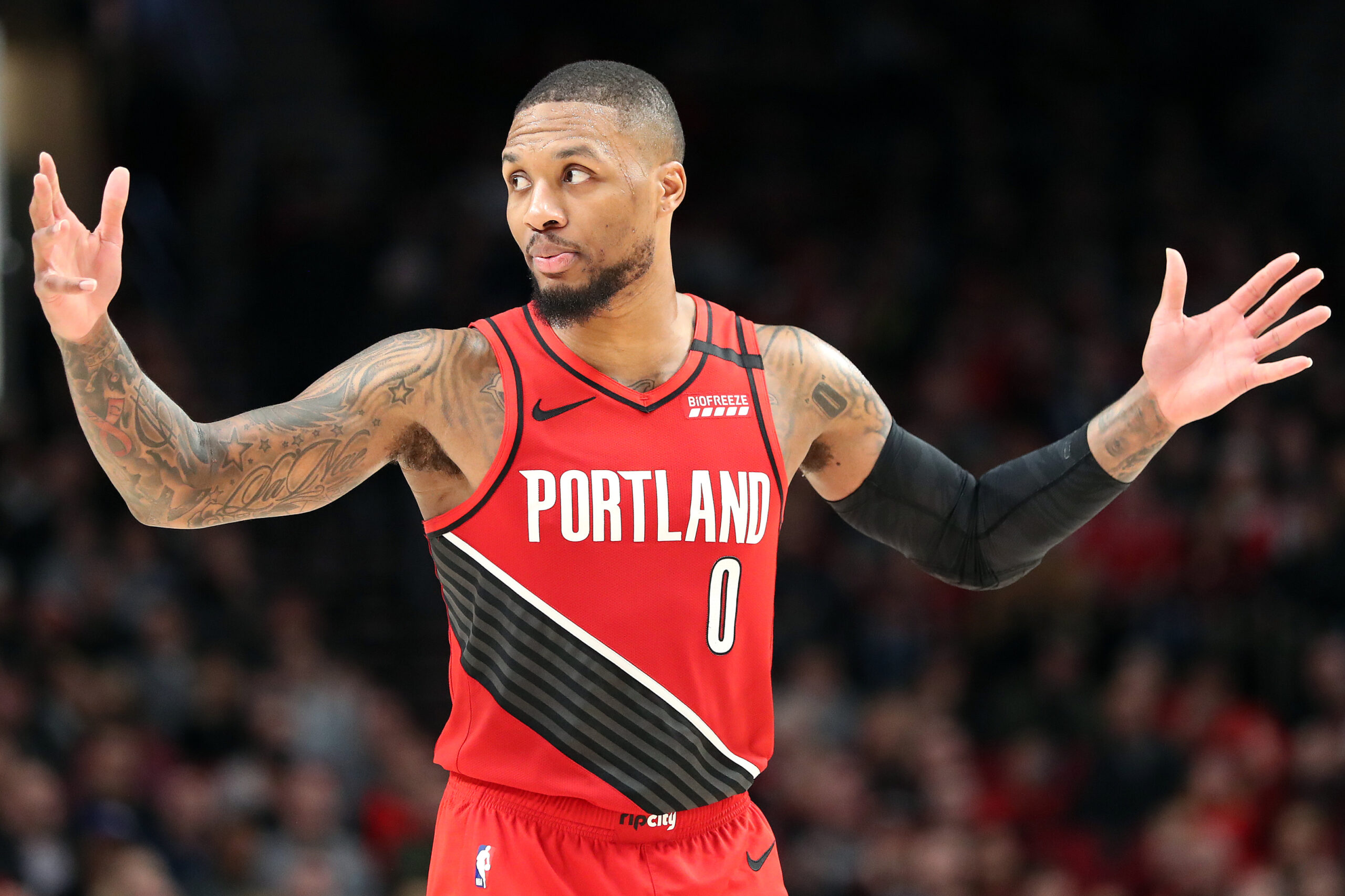
The Portland Trail Blazers are attempting a rapid transformation, seeking to emerge from a rebuilding phase into Western Conference relevance. Their recent moves signal ambition and risk in equal measure. Fans and analysts continue to debate whether this path leads toward playoff contention or deeper into uncertainty.
With established teams growing stronger and rivals stockpiling talent, the Blazers face the challenge of not just improving but accelerating their growth to keep pace. This article examines the logic behind Portland’s latest decisions, the competitive realities of the Western Conference, and the factors that will determine if the Blazers’ bet pays off.
Assessing the Blazers’ Big Moves: Logical or a Gamble?
Portland’s offseason moves reflect a franchise torn between competing and developing. Trading Anfernee Simons—a high-volume scorer with defensive limitations—for veteran Jrue Holiday was a headline-grabbing decision.
Holiday’s arrival offers leadership and defense, potentially stabilizing a young backcourt, but committing to his sizable contract into his late thirties is unconventional for a team in transition.
Simultaneously, Portland’s first-round draft pick, Yang Hansen, is widely viewed as a developmental project, suggesting patience rather than urgency.
The contradictory nature of acquiring a win-now veteran while spending draft capital on a raw prospect highlights the uncertainty in the Blazers’ direction. These decisions will either accelerate Portland’s climb or deepen questions about the franchise’s vision.
Navigating the Talent Logjam: Who Gets the Minutes?
Jrue Holiday’s presence reshapes the guard rotation, clearing the way for increased roles for Scoot Henderson and Shaedon Sharpe. This prioritizes development for Portland’s most promising young talents, which could energize both the team and its supporters.
However, the frontcourt remains crowded. Newly drafted Yang Hansen is joining a group that already includes Robert Williams III and Deandre Ayton. Rumors suggest Williams and Ayton could be traded to resolve the surplus.
How Portland manages these overlapping roles will have an outsized impact on chemistry and player growth. Striking a balance between veteran mentorship and youthful upside is crucial. If mishandled, it risks stalling the team’s progress when every incremental step counts in the competitive West.
Measuring the Relentless Competition of the West
The Western Conference landscape is formidable and only intensifying. Oklahoma City has set a new standard by capturing the NBA title, while teams like Minnesota, Houston, and Denver remain entrenched in the playoff picture.
Looking at the recent NBA team standings underscores just how slim the margin for error is in the West. Even a modest slump can knock a team out of postseason contention. High-profile stars—LeBron James, Luka Doncic, and now Cooper Flagg—anchor organizations where mediocrity is not an option.
The Blazers’ significant 15-win improvement last season, finishing 36-46, would be celebrated in many markets. In the West, such a record often yields little more than a late play-in berth. Even declining teams such as Golden State and the Clippers still possess All-NBA talent, making every playoff push a steep uphill battle.
Draft Decisions Under Scrutiny: High Risk, High Reward?
Draft night offered Portland a prime opportunity to fill needs and solidify their progress, yet the selection of Yang Hansen at No. 16 left many observers perplexed.
Hansen, a 19-year-old center from China, boasts an imposing frame but arrives with questions about speed, shooting, and readiness for NBA competition. Projected by some analysts as a late second-round pick, his early selection is a gamble by the front office.
In a conference where draft mistakes can set a franchise back years, this choice suggests either an unorthodox confidence in internal scouting or a disconnect between stated goals and actual strategy. The Blazers are betting heavily that their talent evaluation will pay off, but the risk is pronounced in such a crowded field.
Financial Flexibility Versus Long-Term Planning
Portland’s front office now faces critical contract decisions. Jrue Holiday’s three-year, $30 million-plus annual salary consumes cap space that could otherwise support young talent. With upcoming extensions for Shaedon Sharpe and Toumani Camara looming, managing the salary cap will demand creativity.
The choice to tie up future resources in veterans signals a belief in near-term competitiveness, but this could limit options if rapid improvement does not materialize. Meanwhile, the prospect of trading surplus centers for future assets or cap relief highlights the delicate balance between present and future. Every decision carries amplified weight in the Blazers’ current context.
The High Play-In Ceiling
Given the depth and strength of the Western Conference, Portland’s most realistic near-term goal may be securing a play-in tournament spot.
Even a .500 season, which would reflect continued progress, could only net a ninth or tenth seed in the West. By comparison, similar records in the Eastern Conference might secure a higher playoff position. Complicating matters, teams like Dallas and San Antonio, both recently out of the playoffs, are reloading with elite prospects and trade assets.
The Blazers’ young core will need both time and cohesion to bridge the gap. Incremental improvement is commendable, but sustained momentum is essential to climb beyond the logjam of contenders and hopefuls.
Defining Success for Portland
If the Blazers are to break through, their fortunes will rest on two pillars: internal development and adaptability. Investing in the growth of Henderson, Sharpe, and other emerging players can yield exponential returns, especially if complemented by strategic moves at the trade deadline.
Navigating a path through the Western Conference’s turbulence demands not just patience but nimble decision-making and adjusting course as circumstances change. The organization’s willingness to blend short-term competitiveness with long-term planning will ultimately determine if this rebuild is a launchpad or another missed opportunity.
For now, Portland’s challenge is to convert hope into tangible progress, one calculated step at a time.



